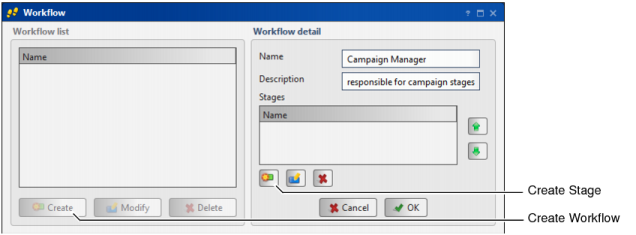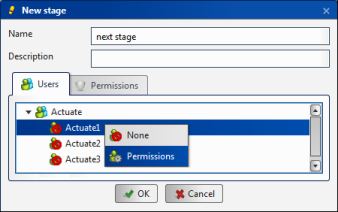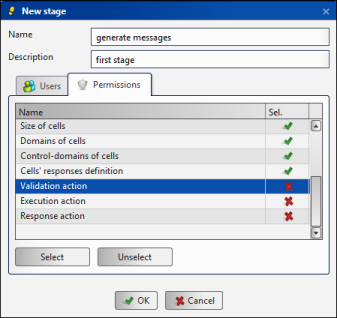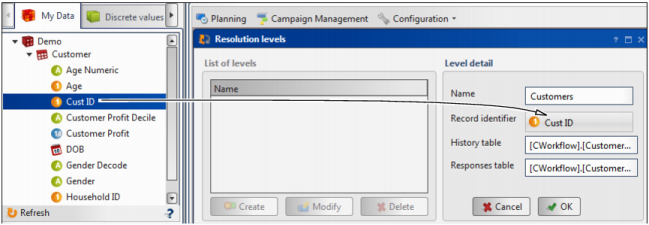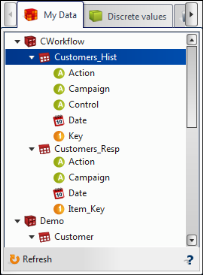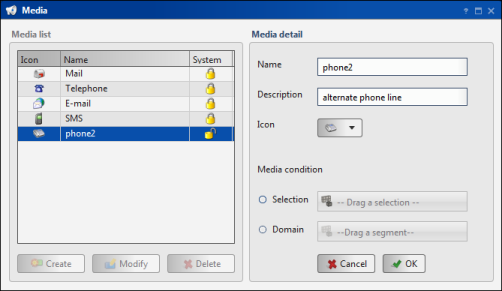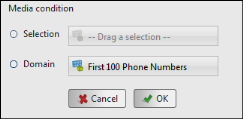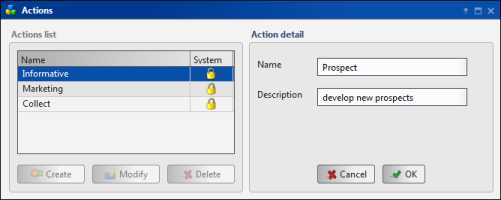|
Figure 7-1
|
|
Figure 7-2
|
|
4
|
|
Figure 7-3
|
|
4
|
From My Data, drag a column on which to resolve the campaign and drop it in Record Identifier, as shown in Figure 7-4. The column selected as Record Identifier must be discrete. In other words, each value must appear in only one column record.
|
|
Figure 7-4
|
Column names for storing campaign history and response records appear in a new table named CWorkflow, as shown in Figure 7-5.
|
Figure 7-5
|
|
Figure 7-6
|
For example, a media condition can limit a specific phone to call only the first one hundred phone records. Create a segment containing records 1 through 100 in [Customers].[Telephone]. Drag the First 100 Phone Numbers segment and drop it in Domain, as shown in Figure 7-7.
|
Figure 7-7
|
|
Figure 7-8
|
